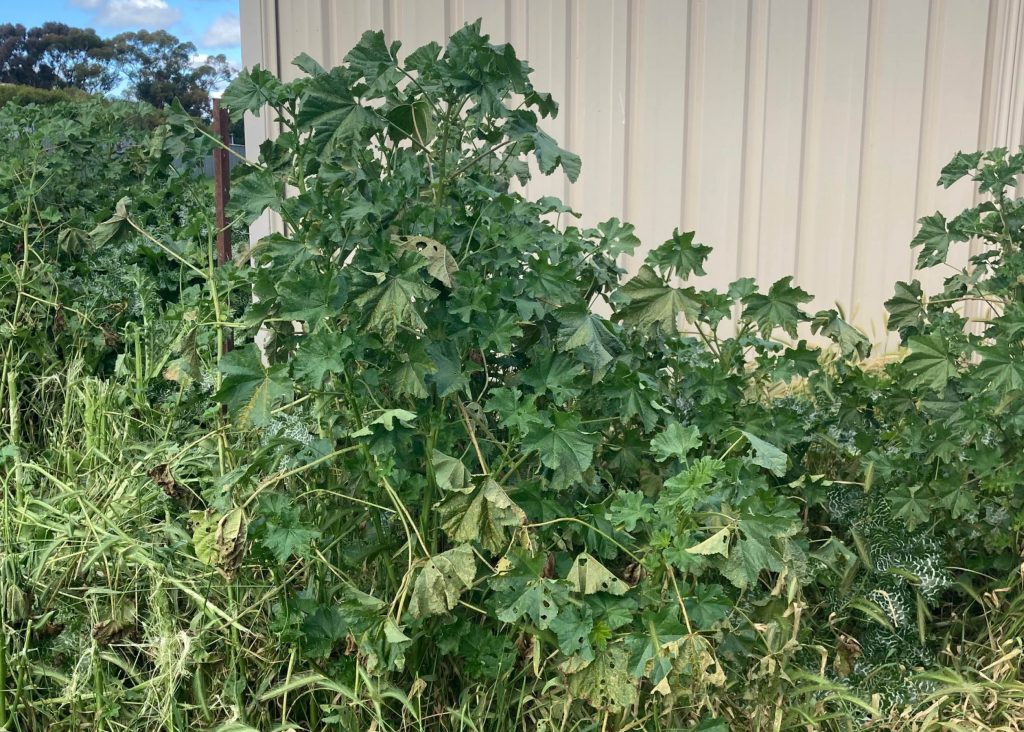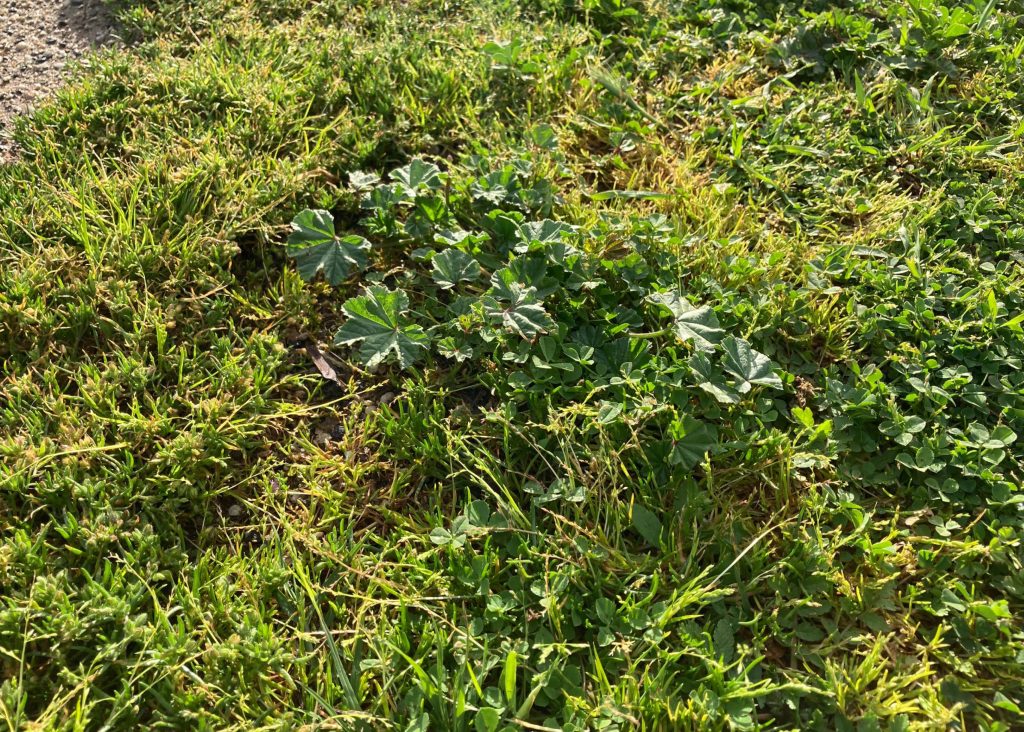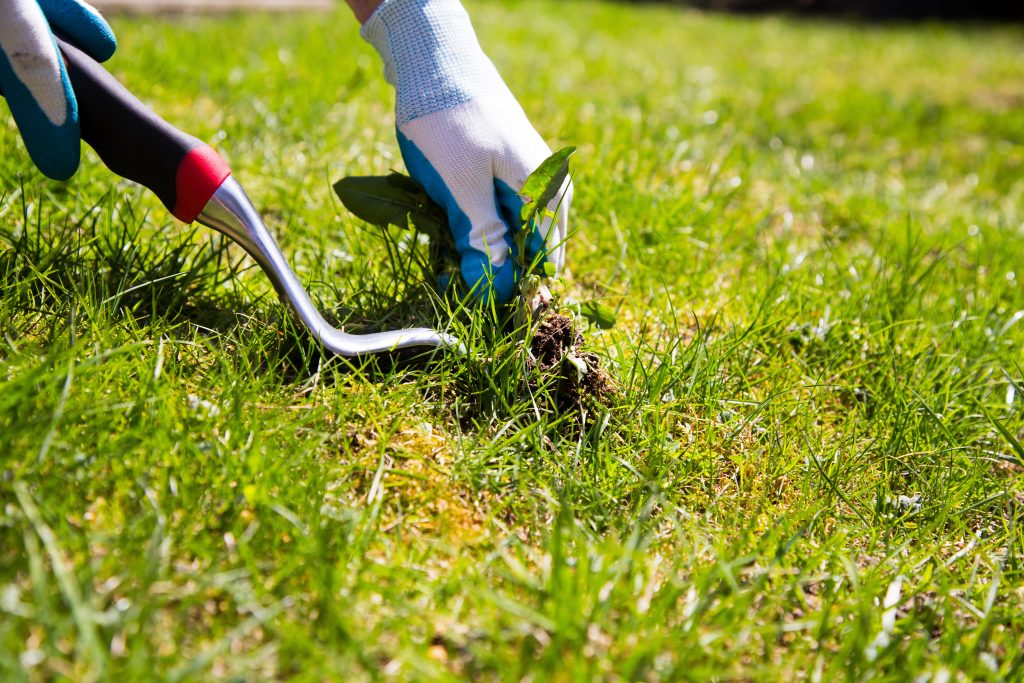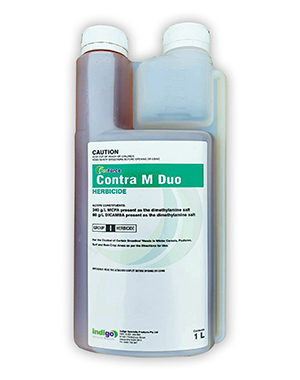How to Get Rid of Peppercress in Australian Lawns
Several varieties of Peppercress (Lepidium spp.) can be found in lawns all over Australia, and identification can be difficult thanks to its very generic broadleaf appearance. ...

 Marshmallow Weed is an opportunist, just like many of our most common weeds.
Marshmallow Weed is an opportunist, just like many of our most common weeds.
Mostly found in the southern states of Australia, it is an annual Broadleaf weed with a fondness for disturbed sites in full sun on any soil type.
Marshmallow Weed is common on farms, roadsides, easements, and often pops up in vegetable patches and between paving stones in the garden during autumn and winter.
It has been known to poison horses, sheep and cattle, if eaten in large quantities.
 Marshmallow Weed is also known as Small-Flowered Mallow, Cheeseweed Mallow – because some people think the circular fruit resembles a wheel of cheese – and little mallow, although left unchecked the plants can quickly reach shoulder height.
Marshmallow Weed is also known as Small-Flowered Mallow, Cheeseweed Mallow – because some people think the circular fruit resembles a wheel of cheese – and little mallow, although left unchecked the plants can quickly reach shoulder height.
The rounded wrinkled leaves have prominent veins, and the stems are covered in stiff hairs.
Marshmallow Weed produces small pale flowers from late autumn until spring and mostly reproduces from seed, which can lie dormant in the soil for many years.
 The best time for manual weed removal, pulling by hand or with the help of a hoe, is when plants are young and yet to develop their trademark long, strong taproot and fibrous secondary root system.
The best time for manual weed removal, pulling by hand or with the help of a hoe, is when plants are young and yet to develop their trademark long, strong taproot and fibrous secondary root system.
If there’s a lot of plants and they’ve taken over part of your lawn, it might be worth running over the area with a mechanical cultivator which can kill young plants by cutting them off at the crown.
Older plants, however may resprout from the crown.
If you have a vegetable garden, keep on top of Marshmallow and other weeds to prevent plants from seeding and potentially spreading into your lawn.
 Naturally resistant to glyphosate, Marshmallow Weed can be managed by using selective post-emergent herbicides
Naturally resistant to glyphosate, Marshmallow Weed can be managed by using selective post-emergent herbicides
Two or three-way mixes containing Dicamba and MCPA can provide solid control of small plants.
Always wear the appropriate protective equipment – gloves, safety glasses etc – and read the product label before using any herbicide.
Also check whether the product is suitable for use on your grass type.
Signs of yellowing or wilting can appear in as little as 24 hours, but it takes time for the plant to absorb the poison and translocate it down to the fleshy root for a complete kill.
It can take up to three weeks for plants to die off and repeat applications may be necessary for controlling advanced weeds.
When to Apply Herbicides?
Weather should be cool, dry and still, with temperatures under 30oC before and after application, and no rain expected within 24 hours.
Your lawn should be well-watered, experiencing no moisture stress from drought, low soil fertility, extreme cold or waterlogging. The Marshmallow Weeds should be young and actively growing in moist soil, but not wet from rain or dew.
For best results do not mow your lawn for seven days before or after application and avoid fertilising within two weeks of spraying.
You can browse the range of products from leading lawn care brands in myhomeTURF’s online store here.

Indigo ProForce Contra M 1L is a reliable, dual-action selective liquid herbicide for controlling a huge range of broadleaf weeds, including Khaki Weed, Bindii, Creeping Oxalis, Thistles and Clover. It contains the active ingredients MCPA and Dicamba and is suitable for use on Zoysia, Kikuyu and Couch grasses. It cannot be used on Buffalo lawns.
SHOP NOW